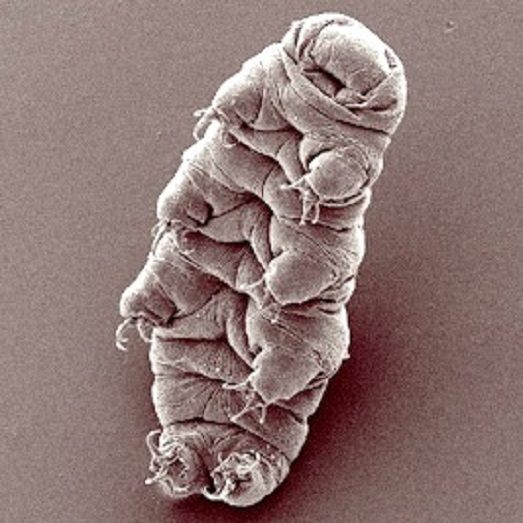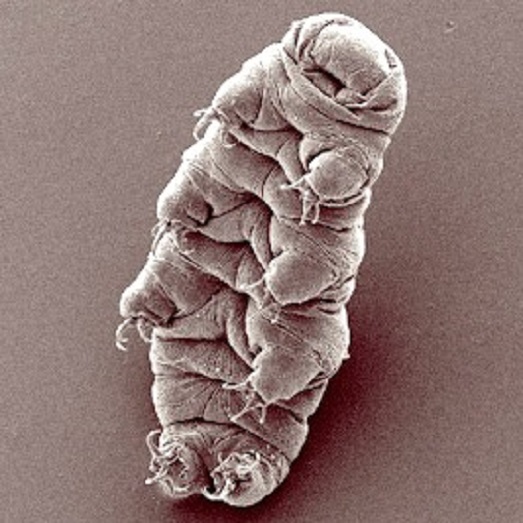Water bears, perhaps the toughest organism on this planet, have drawn astronomers' attention again recently.
This is inspired by an Israeli lunar mission Beresheet which attempted to land on the northern Mare Serenitatis on the Moon in April 2019. The landing failed due to engine failure. Meanwhile, thousands of water bears carried by the lander spread over the lunar surface. You may ask: could these water bears survive the accident and live happily after on the Moon as their second home?
Water bears are formally known as tardigrades. Thus far about a thousand species of them have been discovered living all over the world. The length of a water bear ranges from fifty thousandths to one millimetre. It has four pairs of legs with claws, suckers or toes at their ends. It has an outlook of an extraterrestrial organism. Scientists have discovered that water bears are so tough that they can survive in environment with high temperature (150°C), low temperature (-272°C), strong radiation (X-ray with a thousand times of strength that can kill the human being) or high pressure (six thousand times of atmospheric pressure).
Water bears can be (tiny) heroes like those in movies because they go into in a special metabolic state in response to adverse conditions: cryptobiosis. Water bears expel water, shrink their bodies or stop metabolism in such a death-like state. When the adverse condition has been over, water bears would spring back to life.
The water bear is also the first known species that can survive in space. During the unmanned space mission FOTON-43 by the European Space Agency in 2007, the water bears could still be "reborn" after being exposed to vacuum and high radiation conditions at low Earth orbit without wearing "spacesuits" for ten days. Water bears are really superorganisms!
So what is the fuss about them?




